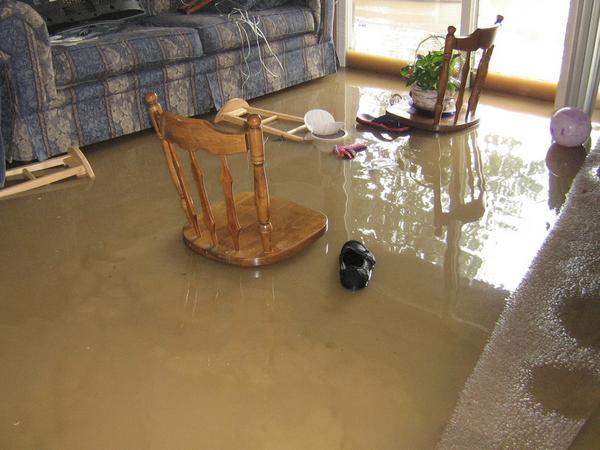The article author is making several great pointers regarding How to Prevent Bathroom Water Damage in general in this article following next.

The bathroom is extremely vulnerable for wet buildup and also prospective water damage because of the frequent use of water in it. This article uses basic assessment methods to help detecting water damages threats.
The regular use of water in the bathroom makes it exceptionally prone for damp accumulation and possible water damages. By examining it regularly, you can lower water associated damages.
The adhering to collection of evaluations is very easy to do and need to be done as soon as in every three months in order to keep your washroom in good shape and also to avoid potential water problems triggered by the bathtub, the shower, pipeline joints as well as plumbing, sinks, cabinets, and also the bathroom
Do not neglect executing these inspections as well as be comprehensive while executing them. Bear in mind that these simple assessments can save you a great deal of money by providing very early indications for water damages
Bathtub and also Shower
The shower as well as bath tub need unique interest and upkeep. Check the ceramic tiles and change if cracked. Make certain that there is no missing out on grout in between the ceramic tiles. Evaluate as well as change broken caulking at joints where the wall surfaces meet the flooring or the bathtub. Blocked drains pipes and pipelines problems will certainly protect against the tub from drying out and might indicate severe troubles below the bath tub. Consult with an expert immediately to avoid architectural damage. Focus on stainings or soft areas around the tub walls as they may show an internal leak.
Plumbing
Signs for water damages are tough to spot given that most pipes are set up inside the wall surfaces.
Pay special attention to floor covering and also walls wetness as well as discolorations as they may suggest an undetectable plumbing trouble. Check moisture levels in adjacent areas as well.
Sinks as well as Cabinets
Sinks as well as closets are exposed to moisture as well as moisture day-to-day and are frequently neglected. Check consistently under the sink and on the countertop above it. Repair any type of drip in the catch as it might recommend drain problems. Take a look around the sink, sluggish draining pipelines might show an obstructed drainpipe. Replace sink seals if they are cracked or loose.
The Toilet
The bathroom is a prone water joint. Examine the water lines and also look for leakages around the commode seat, in the hose, and under the water tank. If you detect any signs of moisture on the flooring around the commode, look for leakages in the toilet edge and also container seals.
Realize that hanging commode dish antiperspirants boosts the opportunities for obstructions.
How to Prevent Bathroom Water Damage Caused By Your Plumbing
Prevent Water Damage Caused by Your Plumbing
There are many things you can do to prevent water damage in your bathroom. Let's take a look at a few actions you can take:
Shower and Tubs
- Inspect tiles to see if any are missing or cracked. Check grout areas to see that the grout is not missing. Water can seep behind tiles and damage the wall if tile and grout is not in good shape.
- Don't let water sit in the tub. Standing water can find ways to get around a faulty drain.
- Check out caulking around tubs and showers and replace or repair any areas that may allow water to seep through.
- Dry the floor immediately after bathing or showering. Don't let water sit on the floor.
- Use the exhaust fan to pull moist air out of the area. Keep the room as dry as possible.
Sinks and Cabinets
- These are exposed to moisture every day. Inspect them often to see that there are no leaks or moisture issues that might cause problems.
- If the trap has a leak or any moisture around it this could indicate a problem with your plumbing in Chico. Somewhere in the system there has to be excess moisture. Get this looked at.
- Any drips from faucets need to be repaired. Small leaks lead to larger leaks and bigger problems.
- Check seals and grout around sinks also. If they are cracked, broken or simply missing replace or repair them.
Toilets
- The seal on the bottom of the toilet needs to be inspected regularly. If you see water near the base of the toilet have the seal replaced.
- Make sure the tank does not leak. If you hear the tank filling for no reason you know there is a leak. This constant water drip can cause damage to the toilet and any others near it that stay wet.
- Check water lines leading to the toilet. These can often leak and cause damage if left unchecked.

As an avid reader on Looking for Signs of Water Damage in the Bathroom, I assumed sharing that short article was a great idea. Sharing is good. Who knows, you may just be doing someone a favor. I truly appreciate reading our article about How to Prevent Bathroom Water Damage.
Call Today
Comments on “Exactly how to avoid a Water Damaged Bathroom”